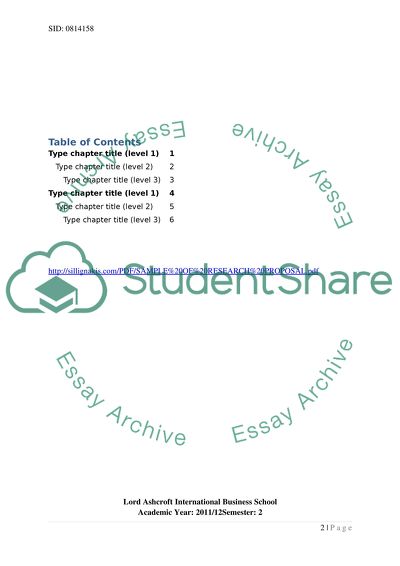Cite this document
(“The customers perceived value on the IPhone Essay”, n.d.)
Retrieved from https://studentshare.org/marketing/1396038-the-customers-perceived-value-on-the-iphone
Retrieved from https://studentshare.org/marketing/1396038-the-customers-perceived-value-on-the-iphone
(The Customers Perceived Value on the IPhone Essay)
https://studentshare.org/marketing/1396038-the-customers-perceived-value-on-the-iphone.
https://studentshare.org/marketing/1396038-the-customers-perceived-value-on-the-iphone.
“The Customers Perceived Value on the IPhone Essay”, n.d. https://studentshare.org/marketing/1396038-the-customers-perceived-value-on-the-iphone.


